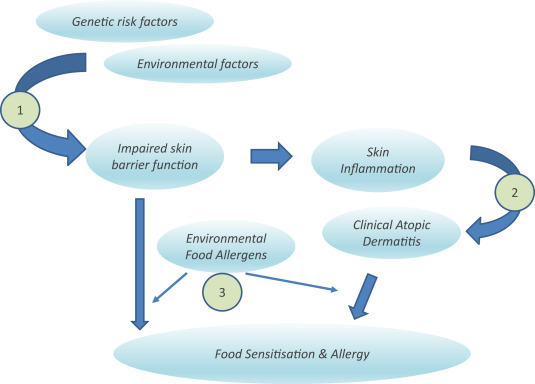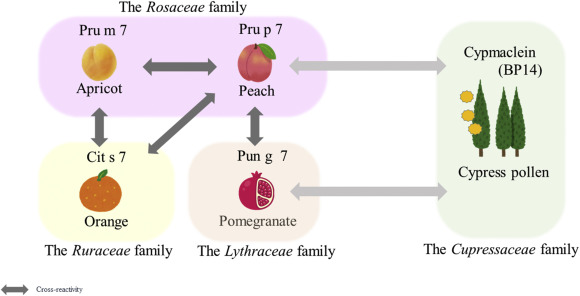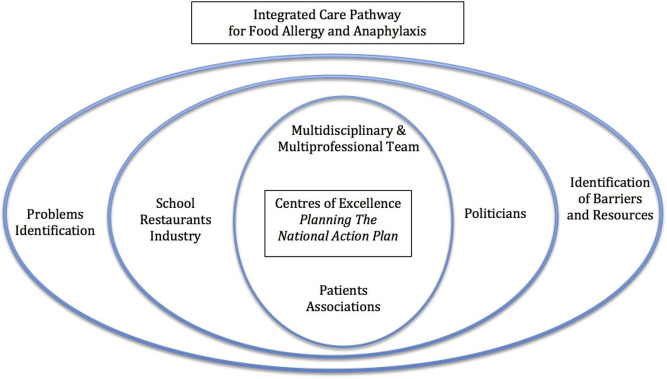Volume 69, Issue 1 (January 2020)
Review Series: Current research gaps and unmet clinical needs in food allergy
To prevent percutaneous sensitization to food allergens, skin barrier enhancements have been implemented. Dr. Kelleher et al. reviewed many articles on the topic “prevention of food allergy - skin barrier interventions”. Although a successful RCT to prevent food allergy with skin barrier enhancements has not yet be published, such trials are underway, with a pooled data meta-analysis named SCiPAD. And a large-scale RCT called PACI is ongoing to test the prevention of food allergy via early aggressive intervention in early-onset eczema.
Dr. Inomata mentions in her review that the external application of synthetic gibberellin was introduced as an agricultural treatment to increase and improve crop production and that gibberellin treatment can affect the amount of GRP produced in plant-derived foods and pollens. Thus, fruit GRP allergies brought us to a gap in food allergy research, necessitating a revisit of the mechanism of allergen sensitization, cross-reaction of allergens, oral tolerance induction, and oral tolerance disruption under the influence of artificial environmental change.
The food allergy epidemic in recent decades has raised social concerns around food-induced anaphylaxis and how best to deal with it from a public health perspective. In our clinical practice, avoidance of foods causing anaphylaxis should be advised for all patients and their caregivers as a matter of course. However, it is not easy to accurately identify which foods and how much of them (threshold dose) should be eliminated. Even after an accurate diagnosis has achieved, we still have the heavy task of educating stakeholders, including patients, not only on how to avoid allergenic foods but also on how to manage the patients in case of anaphylaxis. Prof. Muraro stated that the current scenario is still disappointing, in particular the underuse of an adrenaline auto injector as the first line therapy for anaphylaxis. She reviewed the challenges in diagnosing and managing food allergies and food anaphylaxis, focusing on educational interventions and providing insights into the role of a multidisciplinary and multiprofessional integrated approach as the ultimate lifesaver for patients with these allergies.





